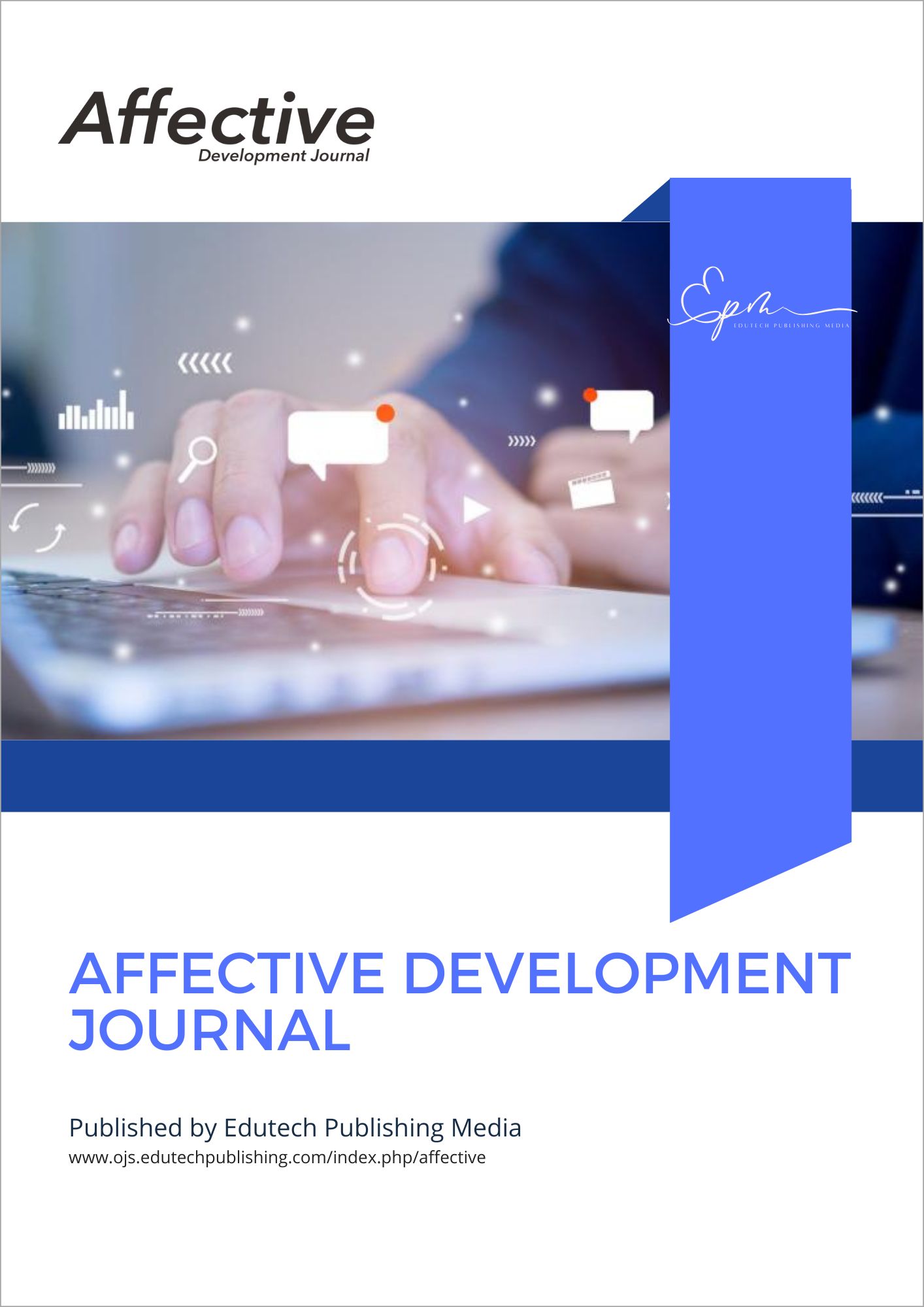The Teacher's Ability to Develop Diagnostic Instruments in Elementary School Mathematics Education
DOI:
https://doi.org/10.32585/affective.v1i2.39Keywords:
Teacher's Ability, Diagnostic, Mathematic EducationAbstract
The purpose of this research is to explain teachers' ability to develop diagnostic instruments in elementary school mathematics education. Mathematics education in elementary school is very important for building students' mathematical understanding and logical and analytical thinking skills. The implementation of the independent curriculum for mathematics lessons in elementary schools aims for students to be able to solve mathematical problems in their daily lives. The diagnostic instrument for mathematics learning is designed to diagnose the strengths and weaknesses of students as well as to identify their learning needs. The teacher's ability to develop diagnostic instruments greatly influences the quality of the evaluation conducted. This research uses a descriptive qualitative method, which collects data through interviews, observations, and documentation of teachers at SDN 4 Suka Agung, Bulok District, Tanggamus Regency. The research results indicate that teachers' ability to create diagnostic instruments in elementary school mathematics education is very low, because some teachers still do not understand the diagnostic instrument, making it difficult to implement it in mathematics learning using the independent curriculum. Therefore, teachers need in-depth training and socialization regarding diagnostic instruments.
Downloads
Published
How to Cite
Issue
Section
License
Authors who publish with this journal agree to the following terms:
- Authors retain copyright and grant the journal right of first publication with the work simultaneously licensed under a Creative Commons Attribution-ShareAlike 4.0 International License that allows others to share the work with an acknowledgment of the work's authorship and initial publication in this journal.
- Authors are able to enter into separate, additional contractual arrangements for the non-exclusive distribution of the journal's published version of the work (e.g., post it to an institutional repository or publish it in a book), with an acknowledgment of its initial publication in this journal.
- Authors are permitted and encouraged to post their work online (e.g., in institutional repositories or on their website) prior to and during the submission process, as it can lead to productive exchanges, as well as earlier and greater citation of published work (See The Effect of Open Access).
This work is licensed under a Creative Commons Attribution 4.0 International License.





